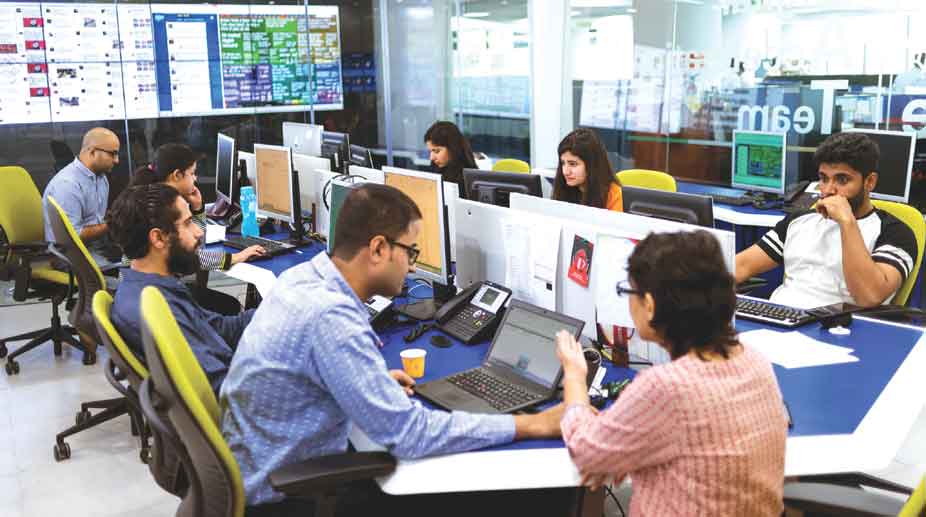MoS Finance bats for including ‘new voters’ in banking sector
Union Minister of State for Finance Bhagwat Karad on Monday urged the need to incorporate 'new voters' into the banking sector by opening their bank accounts.

Representational Image (Photo: Facebook)
India is considered a “bright spot” in the gloomy, global economic scenario today. The country with a GDP growth of 7.6 per cent has topped the World Bank’s growth outlook for the financial year 2015-16 for the first time. A closer look at the performance of the Indian economy in past few years certainly showcases some glimpses of structural reforms with a shift of focus towards high potential sectors. It is clear that as an economy, we are banking upon the ministry of micro, small and medium enterprises sector and the start-up community to push the frontier of nation’s growth.
Banks are the dominant channel for providing funds to industry. However their importance in funding smaller firms is even more pronounced since most small and medium enterprises are not able to access the capital markets for funds. In recent years, governments and policy makers have been giving considerable attention to facilitate the development of this sector.
While our economy has been growing at over six per cent, the production from micro, small and medium enterprises has been growing. These numbers are significantly higher when informal SMEs (small medium enterprises) are included. According to our estimates, 600 million jobs will be needed in the next 15 years to absorb the growing global workforce, mainly in Asia and Sub-Saharan Africa. In such emerging markets, most formal jobs are generated by SMEs, which also create four out of five new positions.
Advertisement
However, access to finance is a key constraint. The SME banking sector has evolved tremendously in the past decades. It is not just limited to its basic role of lending money and taking deposits. Such highly evolved booming as well as challenging sector requires upbeat and enthusiastic professionals with strong interpersonal skills.
The financial industry employs different types of bankers, including personal, commercial, and investment bankers. While the roles and responsibilities may differ, they all must service the financial needs of their clients. SMEs bankers may work one-on-one with clients opening small business accounts and overseeing transactions, such as sending money orders and handling deposits. Commercial bankers process loans to prospective entrepreneurs, while investment bankers connect financiers with possible investment opportunities.
The promotion prospects and job satisfaction are often higher with small companies. Also, the flexibility to get involved in a number of different tasks and functions are often less rigidly defined. The most important ability to grab the job is to learn things quickly but informally, which is learning by doing. Aspirants must be practical and can make the instant decision by finding the solution of the certain problems.
A degree in finance, accounting or related fields like ratio analysis, statistics, economics, calculus, financial statement analysis, and risk assessment are required to work in this profession. Students should also begin to familiarise themselves with computer software programmes, such as databases and spreadsheets. The plethora of opportunities is reflected in the perks they receive. The annual salary ranges between Rs 8 lakh to 10 lakh dependent upon the level of experience, type of industry, and geographic location.
The writer is director, TKWs Institute of Banking and Finance
Advertisement